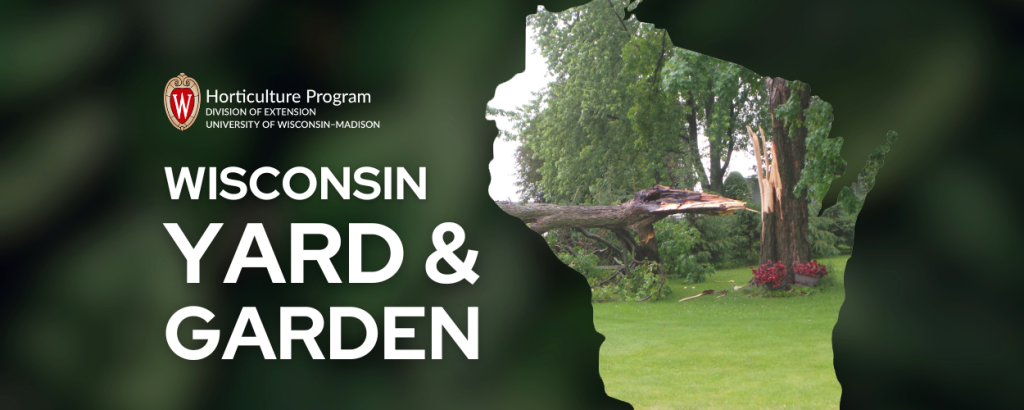
High winds, heavy wet snow, and significant ice have all been in recent weather headlines across Wisconsin. These weather events brought down more than a few twigs from trees. The amount and size of downed material tells us numerous things about trees and can help direct any call for action.
For example, small twigs littering the ground after a windy day (not significant storms) are a trait of the tree species. Silver maple, willow, and sycamore are among tree species notorious for dropping twigs on windy days. Do some research before planting any new tree species to avoid this type of problem.
The other extreme is when entire trees come crashing down in high winds or snow and ice loads. With the heavy amount of ice some areas of northern Wisconsin received, even the healthiest of trees may have failed. However, oftentimes when major trunks split or entire trees crash to the ground, trunks are found to be hollow, even though trees otherwise appeared perfectly healthy.
Vital vascular tissue (xylem and phloem) transporting water, nutrients, and food products for tree health is located just under the bark. The bulk of remaining trunk volume is dead accumulated xylem tissue, otherwise known as wood, with the sole purpose of structurally supporting trees. Decay organisms, such as fungi, may rot away wood leading to structural failure in winds and ice or heavy snowstorms.
Inspect trunks for any signs of decay. Look for hollowed out areas, large callus scars, missing bark, seepage, and signs of fungal structures such as shelf fungi protruding through bark. Consider hiring a licensed arborist to assist you in assessing the health of trees and soundness of trunks, especially with large suspect trees near homes, buildings, sidewalks, and streets.
Whenever branches break as the result of storms or winds, promptly prune to correct damaged areas. If the branch was dead, the tree may have already sealed it off with callus tissue. Use caution not to prune back into sound tissue and damage any callusing that may have occurred. Close inspection often reveals the transition from dead to live tissue.
On the other hand, if a live branch snapped in the wind, the branch should be pruned properly as soon as possible. Broken limbs should be removed either to the first logical side branch or all the way back to the trunk. Leave the collar region where the limb was attached to the trunk, rather than a flush cut. There is no need for pruning dressing or sealer. Once again, if the branches are high up or of difficult nature, consult a trained arborist for assistance.

About the Author
Bruce Spangenberg is a Horticulture Outreach Specialist with UW-Madison Division of Extension. Get answers to your lawn, landscape and garden questions anytime at “Ask Your Gardening Question.”




